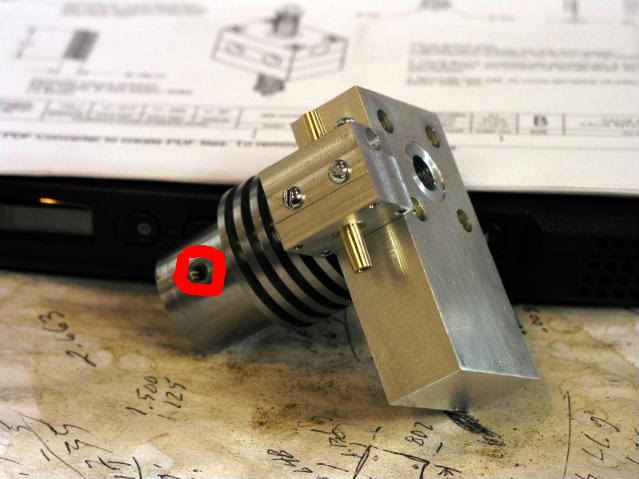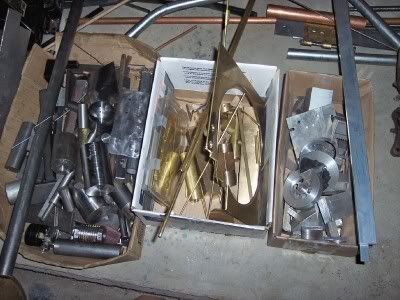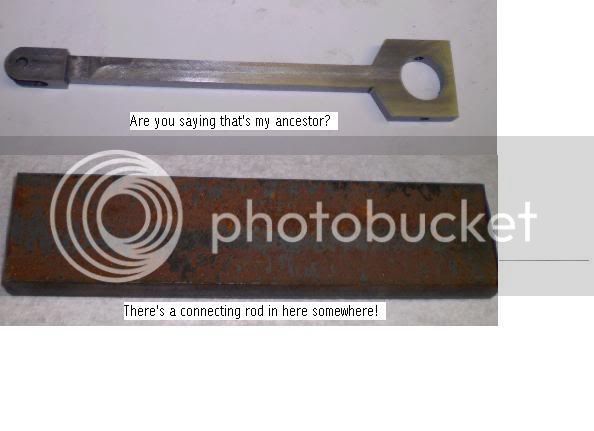I'm building an Upshur farm engine. Due to my initial problems with drilling holes accurately in my drill press (separate thread) my front plate has a bored hole which ended up .028" off center to the left as measured between the inside of the bore and the side of the plate on both sides.

As seen by the photo, its barely noticeable to the naked eye and being a part that took a few hours to make with some hand filing done I'm skeptical of starting over. The cylinder holding stud holes haven't been drilled yet so they'll just be moved over by the .028". Any comments, ideas? Do i scrap it?
Thanks,
Jenaro

As seen by the photo, its barely noticeable to the naked eye and being a part that took a few hours to make with some hand filing done I'm skeptical of starting over. The cylinder holding stud holes haven't been drilled yet so they'll just be moved over by the .028". Any comments, ideas? Do i scrap it?
Thanks,
Jenaro









